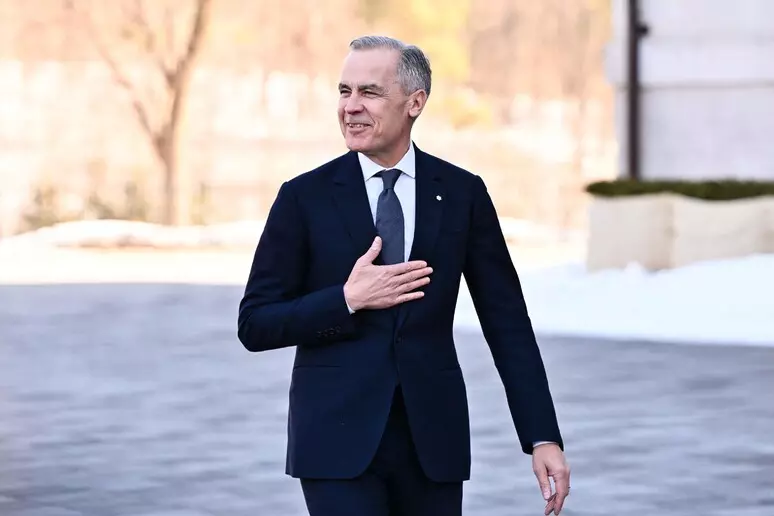Canada is ready to defend itself and, above all, to claim a leading role.
In a global context where historic alliances are faltering and threats are coming from former allies, Prime Minister Mark Carney has decided to take action. His response is an unprecedented defense plan aimed at strengthening the country’s sovereignty in the face of what he has called a “new geopolitical reality.”
Carney, an economist and former Governor of the Bank of England, took the leadership of the Liberals just a month ago, following Justin Trudeau’s stepping down. Since then, polls have shown growing support for his leadership.
The Canadian government plans to increase military spending by approximately $21.2 billion over the next four years, with the goal of surpassing 2% of GDP by 2030. This target is two years ahead of the current commitments made within NATO, coming at a politically charged moment just days before the federal elections on April 28.
Carney believes that threats to national security do not come from distant scenarios, but from the border. The Liberal leader has openly accused the Trump administration of posing a real danger to Canada’s territorial integrity.
This refers to repeated statements made by the U.S. President, who, in recent months, expressed the desire to annex Canada as the 51st American state. Additionally, there are the punitive tariffs imposed by Washington and pressure on Canada’s military spending, which is considered too low.
In presenting his party’s election manifesto, Carney spoke of the need to prepare for an era of “sovereignty threats,” emphasizing that, in his view, America would seek control of natural resources, land, water, minerals, and the gradual assimilation of the country.
The Liberal leader’s plan does not only concern conventional military strengthening: it includes significant investments in armaments, personnel, IT technologies, and artificial intelligence, with a particular focus on the security of the northern regions.
In fact, a significant portion of the funds will be allocated to the northern territories, which are considered strategic, especially in light of growing tensions with China. Climate change and the opening of new Arctic routes have sparked the interest of foreign powers and pushed Ottawa toward a more decisive defense stance.
In the programmatic document, the Liberal Party has promised to keep Canada “strong, free, and sovereign.” This statement of intent is intertwined with another promise: to build “the strongest economy in the G7” in response to the trade war launched by the U.S., which Carney has described as “unjustified and reckless.”
However, criticisms have also arisen. Pierre Poilievre, leader of the Conservative Party and Carney’s main challenger in the elections, has called the plan “shocking” and accused the politician of wanting to expand the deficits inherited from the previous government.
Meanwhile, almost two million Canadians have already voted in the first days of early voting, marking a record turnout. This is a clear sign of the growing tension and the urgent need to defend national identity.











